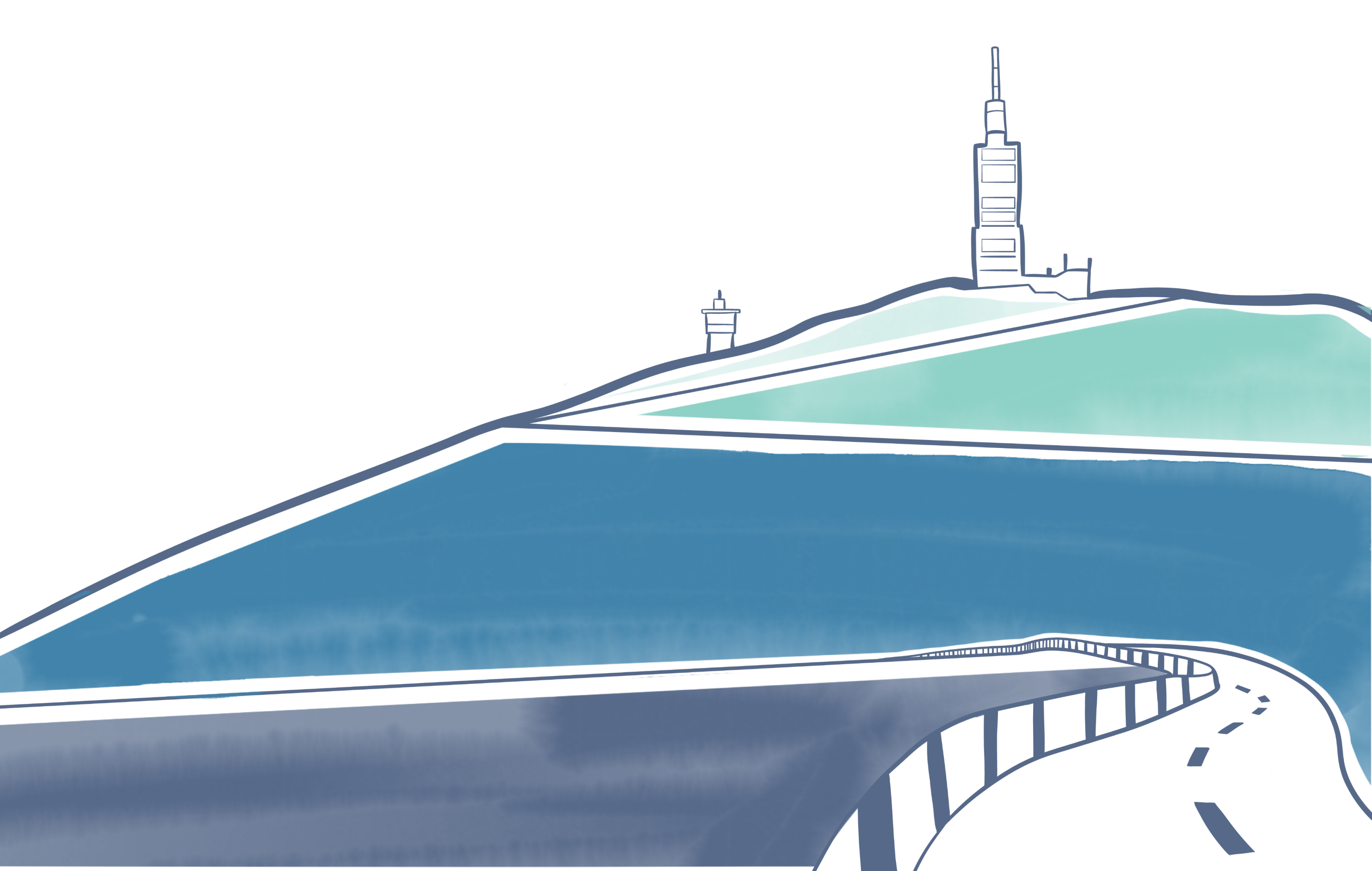Mont Ventoux
Mont Ventoux, one of the most famous mountains in the world. Not because of its height, not of the dangers of climbing it, not even for its unparalleled views or landscape. But in terms of its bucket list appeal, known to every cyclist in the world, making it iconic for a completely different reason.

Because as summer arrives, numerous cyclists, varying from highly recreational to semi- or even full professional, gear up to climb this iconic pale giant by bike. Just like musicians, cyclists have a special obsession with their tools. Their bike(s) and all of its components are the source of hours of conversations, online searches, bragging, comparing and therefore often a major investment.
Something sellers of bike equipment are very well familiar with. You see, pro cyclists are after every possible marginal gain. After all, it can make the difference between winning and losing. However, the golden grail of marketing is to try to convince Joe Average that he (or she) also needs the best, the lightest and the most expensive stuff.
Enter Mont Ventoux. At some point, every cyclist decides he or she will take on the adventure in the South of France. The first question should be: what will my training plan look like? How will I prepare myself? But in reality, a lot of cyclists tend to ask: what bike do I need to get this done? Or how do I upgrade my bike to fit the challenge? Often resulting in spending a considerable amount of money on a slightly lighter or newer component, which will not do them any good if the physical condition is not on the same level.
When the Mont Ventoux project in IT comes along, the temptation to go all-in during the component selection is a real potential cost threat. At this point bike shops and Cloud providers share the same dream: let consumers pick or choose whatever they want out of an entire toolbox, filled with the best gear there is.
In other words, public Clouds can be compared with the bike shop offerings. They are full of (tempting) stuff, ranging from critical components to expensive ones that will only affect the margins.
Window shopping in the Cloud
In the ever-evolving landscape of Cloud computing, architects and developers currently face a pivotal challenge: how do you balance the trifecta of cost, quality, and speed in workload design? Traditionally, architects focused on factors like resiliency and performance, but now, cost has emerged as a critical parameter in the proactive design of new workloads. As a result, Cloud Architects need to ask the right questions, before they start gearing up for the task.
As you know, one of the inherent freedoms of Cloud development is the ability for developers to experiment, test, and deploy swiftly. However, this liberty often leads to a common pitfall: developers choosing tools based on their allure and rapid results rather than their long-term cost implications or the real scope of their deployment. The proof of concept versions, crafted hastily, frequently transition into production versions, solidifying costly design choices. To combat this, it is imperative to instil a culture of cost-effective design among all cloud engineers.
Start smart
The solution lies in education and process refinement. Cloud engineers must be educated to discern between flashy, quick-fix solutions and sustainable, cost-effective building blocks. Additionally, implementing a robust process for continuous improvement once workloads are operational becomes indispensable. This iterative approach ensures that initial design choices are revisited, optimised, and aligned with cost-effective strategies as the workload evolves.
The balance between cost, quality and speed
However, designing with cost in mind necessitates an understanding of the fundamental trade-offs at play. The adage holds true: you can only pick two out of three – cost, quality, and speed. Opting for a high-quality application with rapid development often requires hefty investments, possibly through third-party solutions. Conversely, choosing a cost-effective route while maintaining high quality demands a patient, deliberate approach, sacrificing speed for meticulous planning and execution.
In essence, the key lies in striking a delicate balance. Architects and developers, just like bikers of any kind, must engage in a careful dance, considering the financial implications of every design decision without compromising quality or speed excessively.
Additionally, the careful balancing of workloads by engineering teams is crucial. Permitting resources to operate without appropriate monitoring is not an enduring method. As seen in the case of Famous Door, setting up distinct limits, potentialities and giving the necessary tools and understanding to teams are very important for achieving success. These tasks show the beneficial impact that a centralized FinOps team can bring to your organization.
Want to know more about this topic?
Contact us at info@45degrees.be